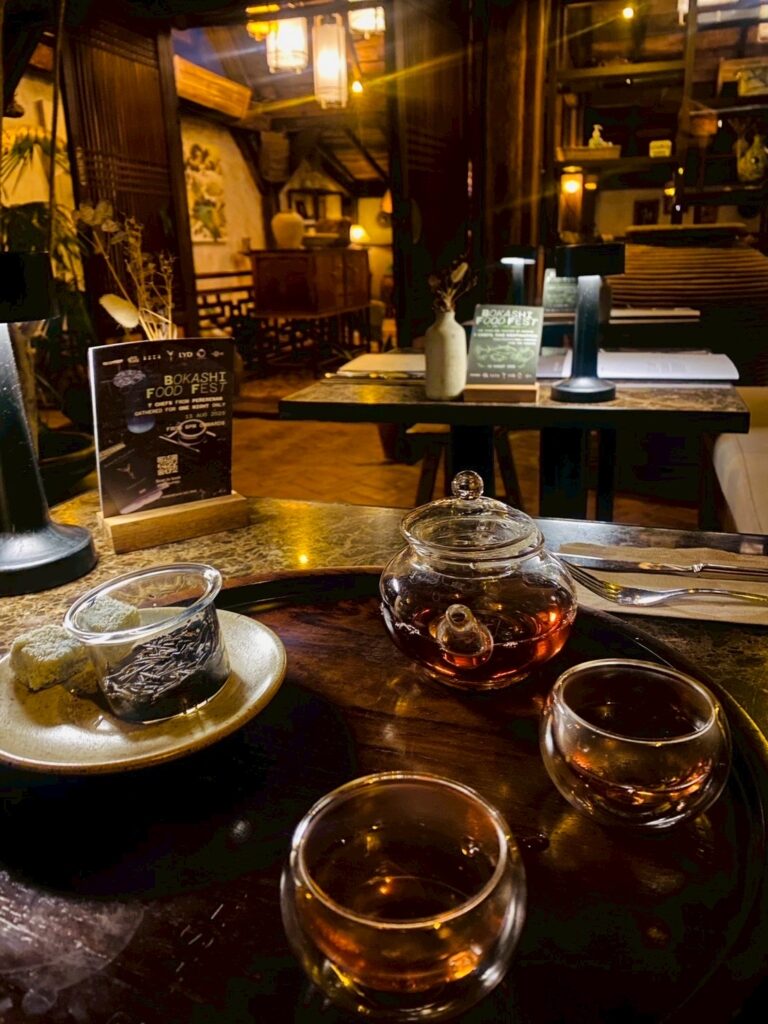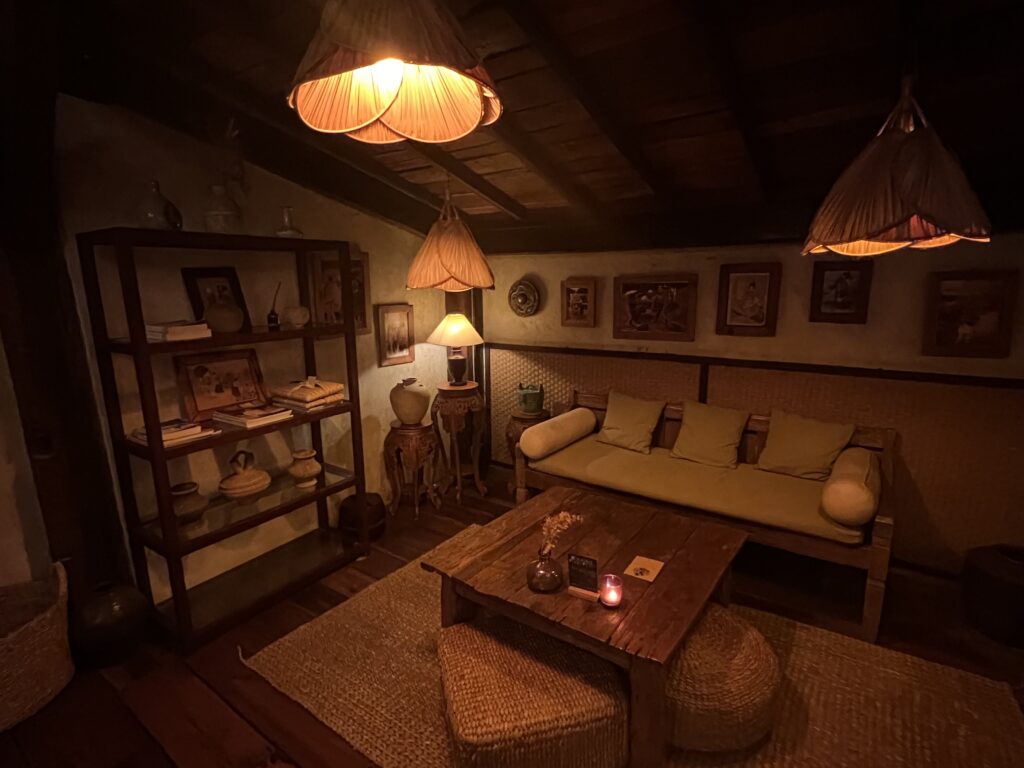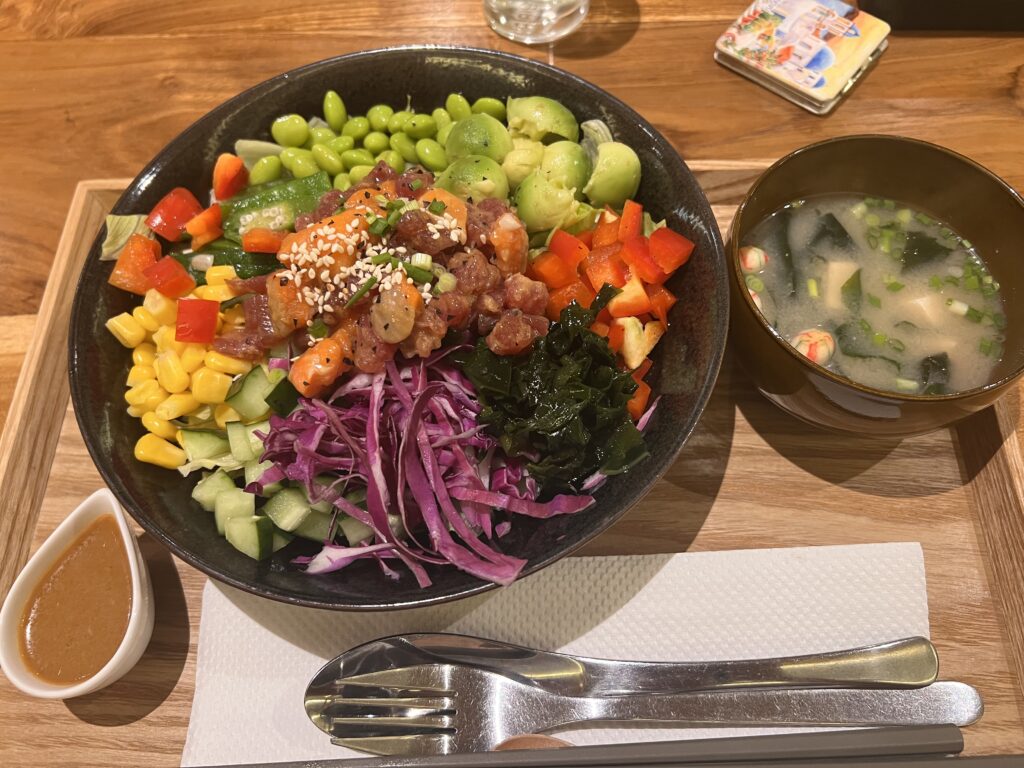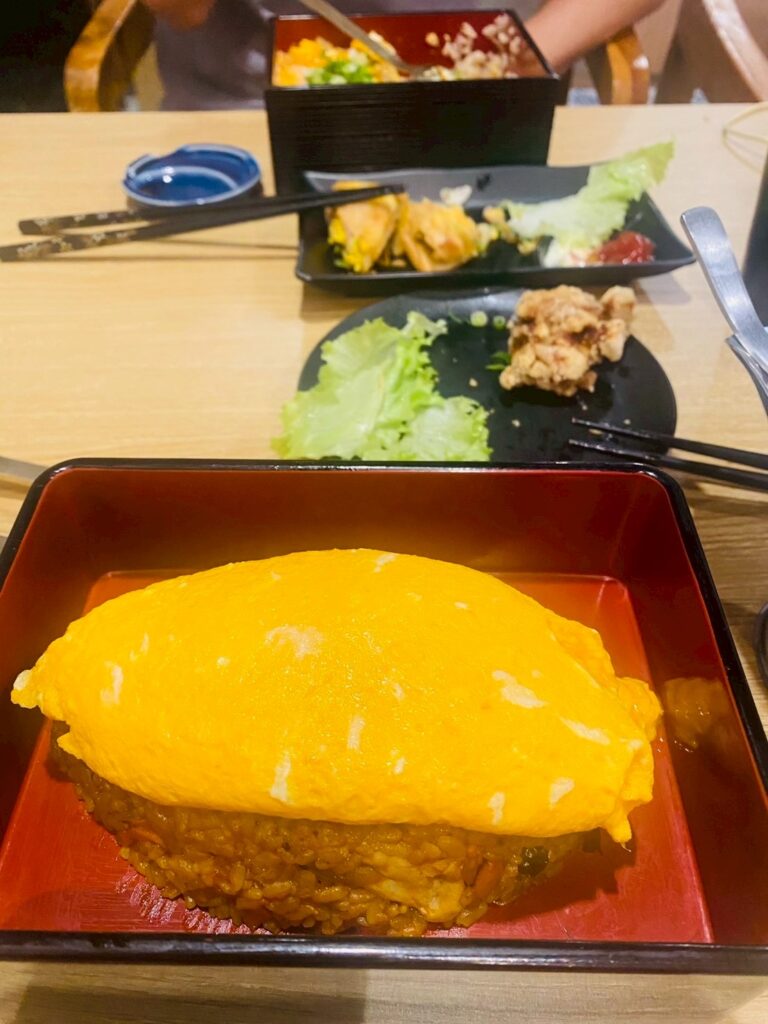It’s been about two weeks since we came back to Bali from Malaysia.
Right now, we’re staying in Kuta, one of the most popular areas in Bali, but we actually spent the first week in Canggu.
As expected, Canggu has become highly developed for tourism, with stylish restaurants and cafés catering mainly to foreigners scattered throughout the area. 🍴 It’s hard to believe that just a few years ago, this area was said to be nothing but rice fields.
Even guidebooks from last year describe Canggu as the “epicenter of style,” but when speaking with locals, many now say that Canggu is already past its prime—and the new hotspot is Uluwatu. In fact, it seems that many Europeans are moving into Uluwatu these days.
Meanwhile, in northern Kubutambahan, there are ongoing projects for an airport and resort development, showing just how rapidly different areas of Bali are changing.
When I looked it up, I found that Bali is about 2.5 times the size of Tokyo, yet the Bali that most people imagine as a tropical resort is concentrated in the southern part of the island. That makes me think we may soon see resort development expand further east and west as well.
It reminds me of Ikuchijima and Omishima in the Seto Inland Sea of Japan, where just a few years ago there weren’t nearly as many shops as there are today. Slowly but surely, more places open up. Maybe there’s something instinctive about people being drawn to islands and the sea—it seems natural that humans gather where the ocean is near. (In fact, my wife and I moved to the Seto Inland Sea because we fell in love with its beauty!)
During our long stay in Bali, we take daily walks and often find ourselves observing different buildings. Every time, I’m struck by just how unique traditional Japanese houses are. Of course, features like tatami, shōji (sliding doors), and ranma (transom panels) stand out, but what really fascinates me is the way space is used—how indoors and outdoors are gently connected, and how design elements like the engawa (veranda) allow residents to enjoy both nature and architecture at the same time.
In Ubud, you can still see many examples of traditional Balinese houses. Beyond an open, welcoming gate, you’ll usually find a courtyard decorated with carvings, stone sculptures, and paintings. The arrangement and structure are distinctive and beautiful. But as you get closer to the seaside resort areas, these traditional homes become fewer and fewer—something that reminds me of the situation in Japan as well.
Since opening CASA IKUCHIJIMA, I’ve started noticing the architectural styles and layouts of buildings whenever I travel. It has added a new layer of enjoyment to our journeys, and I often catch myself thinking about whether there’s something we could incorporate back home. While it might be difficult to directly blend traditional Japanese houses with architectural elements from other countries, each trip adds new inspirations and ideas that we’d love to reflect in CASA. So when you visit, I hope you’ll notice and enjoy these little details!
But back to the present—my wife and I are big coffee and café lovers. In fact, when we lived in Mexico, we even looked into importing Mexican coffee beans to Japan! Exploring cafés in the area we’re staying in has become one of our favorite pastimes.
This time in Canggu, one of the cafés/restaurants we really fell in love with was Bokashi Berawa.



One of the spots we absolutely loved in Canggu was Bokashi Berawa.
The story behind this place is fascinating: it was started by a gentleman from New Zealand who moved to Bali 11 years ago in search of endless summer. After going through the challenges of the pandemic and experimenting with different ideas, he finally created this café/restaurant. What makes it unique is that it’s deeply inspired by Zen and Japanese culture, and you can see the attention to detail everywhere in its design and concept.
The first floor serves as an organic store, where you can buy nuts and spices by weight, as well as organic honey and other carefully curated products. It’s considered one of the higher-end establishments in the area, but despite the premium prices, it’s extremely popular. From early morning through lunchtime, the place is always packed.
It really makes me happy to see places influenced by Japanese culture gaining popularity abroad—it feels like a little piece of home being appreciated worldwide.
During our stay in Kuta, we also came across a shop run by a Japanese owner that combines karaoke with anime figures. When we spoke with him, he told us that Japanese anime figures are selling like crazy in Bali. He already has three shops and plans to open several more. Interestingly, most of the buyers are Western tourists—Europeans, Americans, and Australians in particular.
Kuta itself is one of Bali’s most popular areas, and it seems to attract quite a few Japanese residents. There are also many Japanese-owned restaurants here, and I have to say—the quality is incredibly high!


Interestingly, both of the Japanese-owned places we discovered in Kuta were started just last year. Neither of the owners had prior experience running a restaurant, yet they dove right in and created something wonderful. Both spots serve delicious food, and I’d definitely recommend them—especially if you’ve been in Bali for a while and are craving something other than Indonesian cuisine.
It does make me wonder… wouldn’t it be amazing if more restaurants opened up on Ikuchijima as well?
As for us, we have about ten more days left before heading back to Japan. That said, my chronic conjunctivitis has been getting worse lately, and my left eye has become blurry to the point where it’s affecting daily life. I’m planning to visit a local hospital tomorrow, and if things don’t improve, I may have to consider returning to Japan earlier than scheduled. Our return is only about ten days away anyway, so perhaps it won’t make much of a difference—but at the end of the day, health has to come first.
